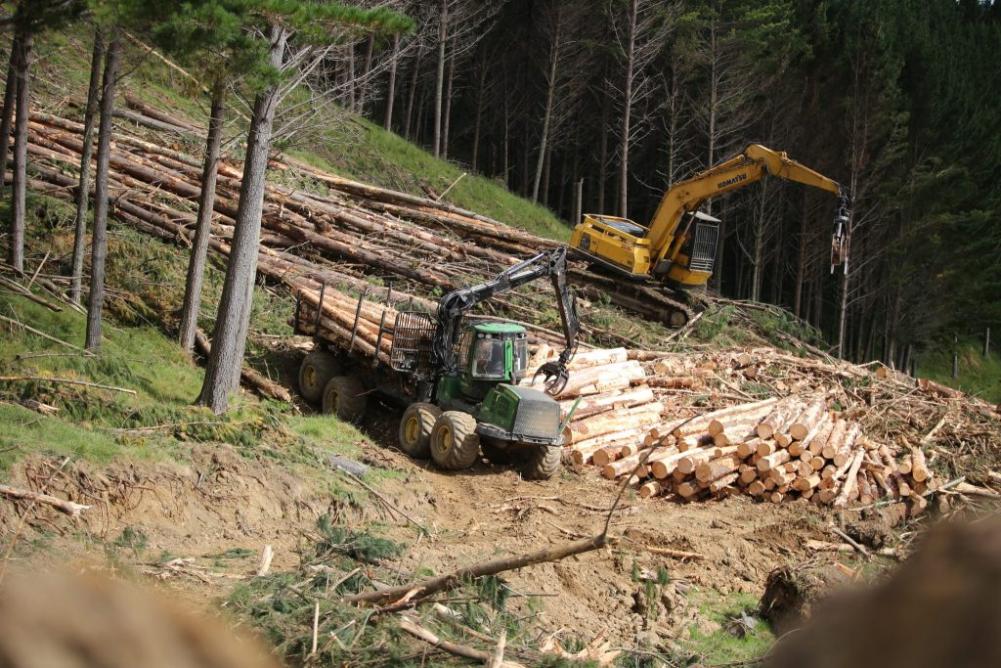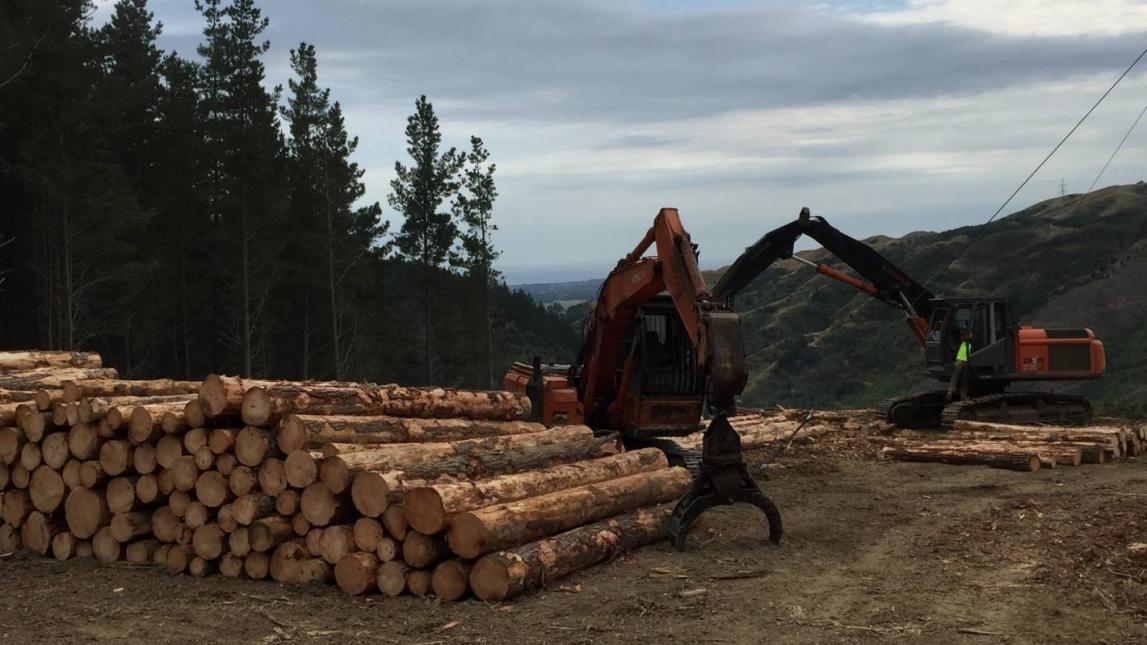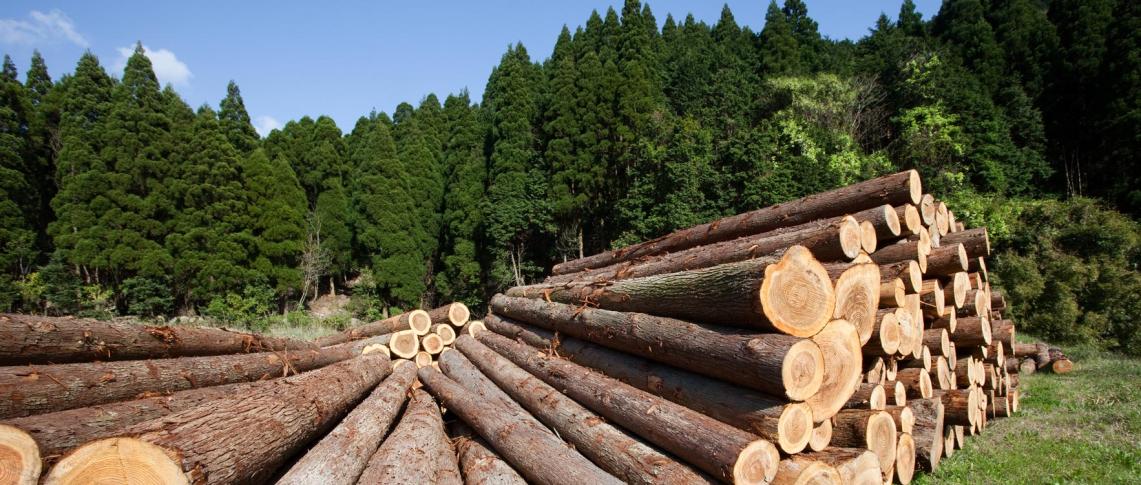What Are the Challenges of Using Satellite Data for Forestry?
Satellite data has revolutionized the way we monitor and manage forests. However, several challenges hinder the widespread adoption and effective utilization of satellite data in forestry. These challenges span data acquisition, processing, analysis, integration, and capacity building.

Data Acquisition Challenges
Limited Temporal Resolution:
Spatial Resolution Limitations:
Data Availability And Accessibility:
Cloud cover and satellite revisit times limit the frequency of data acquisition. This poses challenges in monitoring rapidly changing forest conditions, such as deforestation, forest fires, and insect outbreaks.
The trade-off between spatial and temporal resolution presents a challenge. While high spatial resolution satellites provide detailed information, they have lower temporal resolution. Conversely, satellites with high temporal resolution have coarser spatial resolution, making it difficult to capture fine-scale forest details.
Data availability and accessibility vary across regions and time periods. Inconsistent data availability can hinder long-term monitoring efforts. Additionally, cost and licensing restrictions may limit access to high-quality data.
Data Processing And Analysis Challenges
Data Volume And Computational Requirements:
Data Preprocessing And Calibration:
Classification And Interpretation Challenges:

Satellites generate massive amounts of data, requiring specialized software and high-performance computing resources for processing and analysis. This can be a significant challenge for organizations with limited resources.
Radiometric and geometric corrections are necessary to ensure data accuracy. Harmonizing data from different satellites and sensors can be challenging due to variations in calibration methods and data formats.

Classifying forest types and species using satellite data can be complex due to spectral similarities and variations within and between species. Distinguishing between natural and human-induced changes can also be challenging.
Integration With Other Data Sources
Need For Multi-Source Data Integration:
Data Standardization And Interoperability:
Combining satellite data with ground-based measurements and other remote sensing data can provide a more comprehensive understanding of forest conditions. However, data fusion and harmonization can be challenging due to differences in data formats, scales, and resolutions.
The lack of standardized data formats and protocols hinders the integration of data from different sources. This can lead to difficulties in data sharing and collaboration.
Capacity Building And Training
Lack Of Skilled Personnel:
Knowledge Transfer And Technology Adoption:
Limited expertise in satellite data processing and analysis is a significant challenge. Capacity building and training programs are needed to develop a skilled workforce capable of utilizing satellite data effectively.
Disseminating knowledge and best practices related to satellite data use in forestry can be challenging. Slow adoption of satellite data technologies in forest management can hinder the realization of their full potential.
The challenges associated with using satellite data for forestry are multifaceted, ranging from data acquisition and processing to integration and capacity building. Addressing these challenges is crucial to unlocking the full potential of satellite data in supporting sustainable forest management. Collaborative efforts among researchers, policymakers, and practitioners are needed to overcome these challenges and advance the field of satellite-based forest monitoring and management.
YesNo

Leave a Reply